Knock, knock! Anybody home? We’ll spare you the punny knock-knock jokes, but you won’t want to miss out on the Birdhouse Sale happening now in the Audubon Shop!
The entire month of February, Mass Audubon members receive 20% off birdhouses (aka nest boxes) in the Audubon Shop. This sale is in-store only, so be sure to drop by the shop at Drumlin Farm in Lincoln before March 1, 2018.
In the meantime, enjoy these five photos of birds who have made themselves at home in some lovely neighborhood nest boxes, courtesy of our Picture This: Your Great Outdoors photo contest.
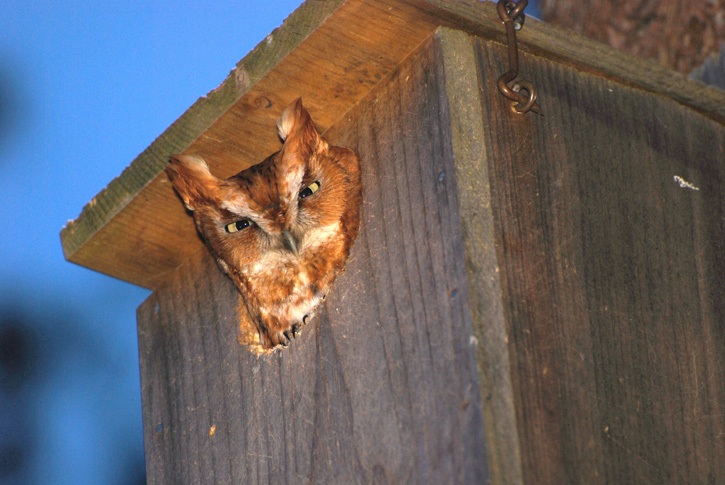
Eastern Screech Owl © Kevin McCarthy
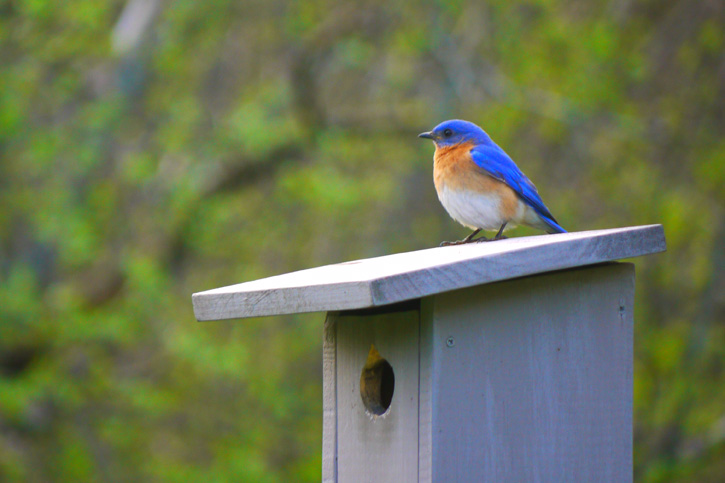
Eastern Bluebird at Drumlin Farm Wildlife Sanctuary © Mark Grundstrom
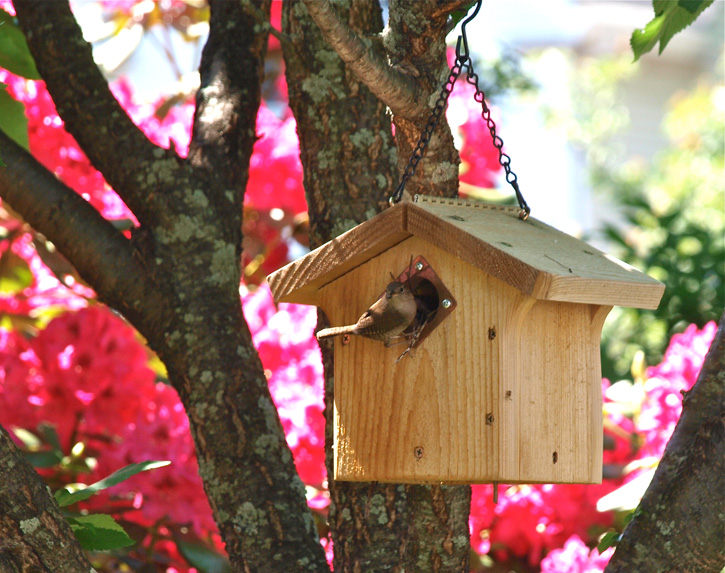
Carolina Wren © Barbara Lawrence
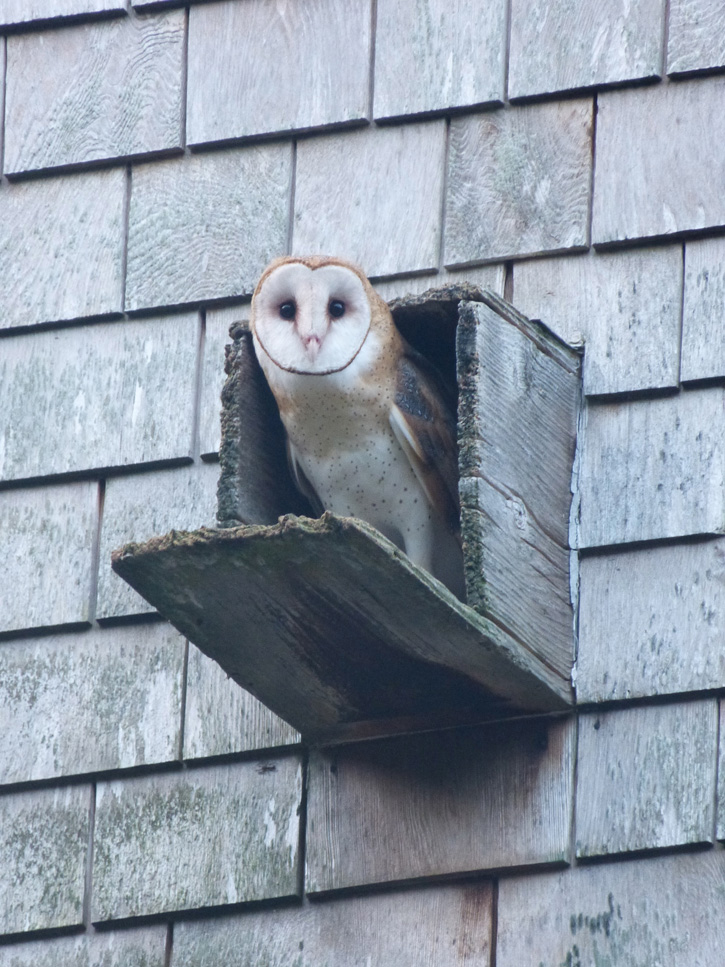
Barn Owl at Felix Neck Wildlife Sanctuary © Brian Rusnica
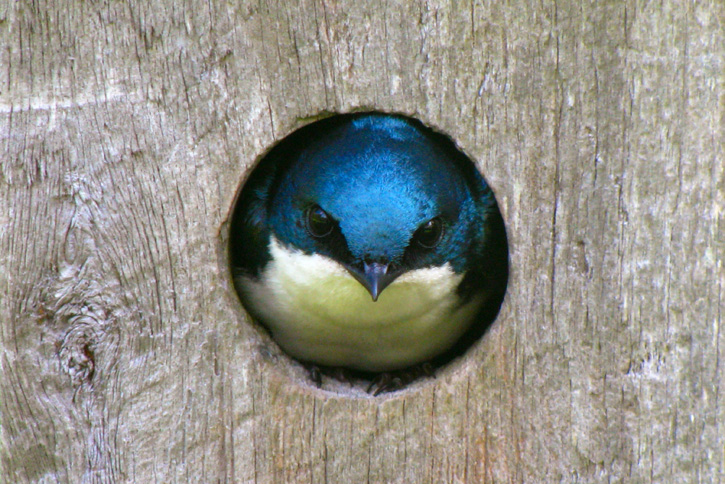
Tree Swallow © Will Sweet


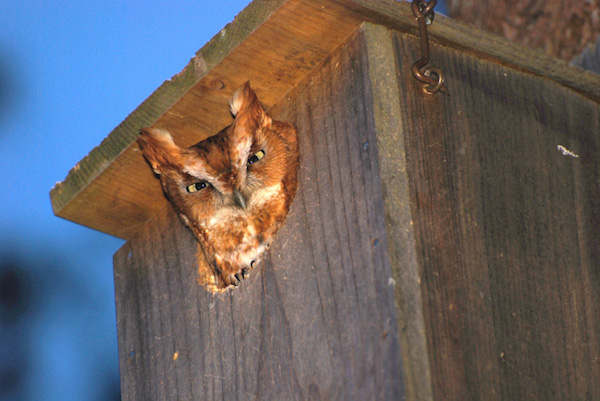
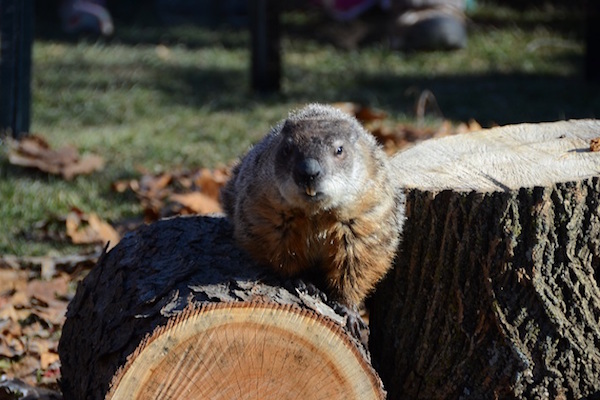
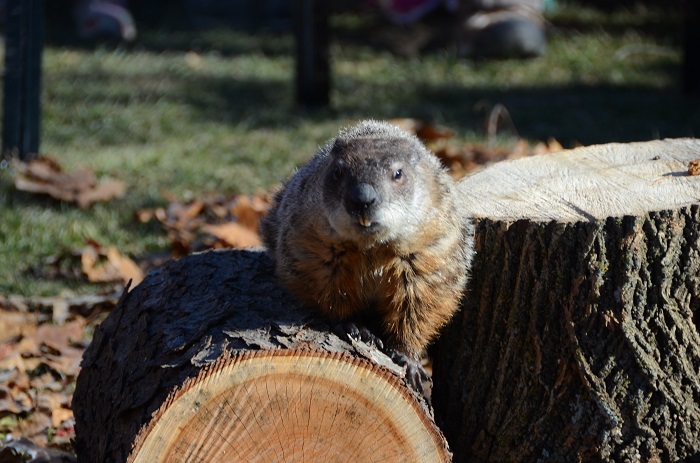 On February 2 at
On February 2 at